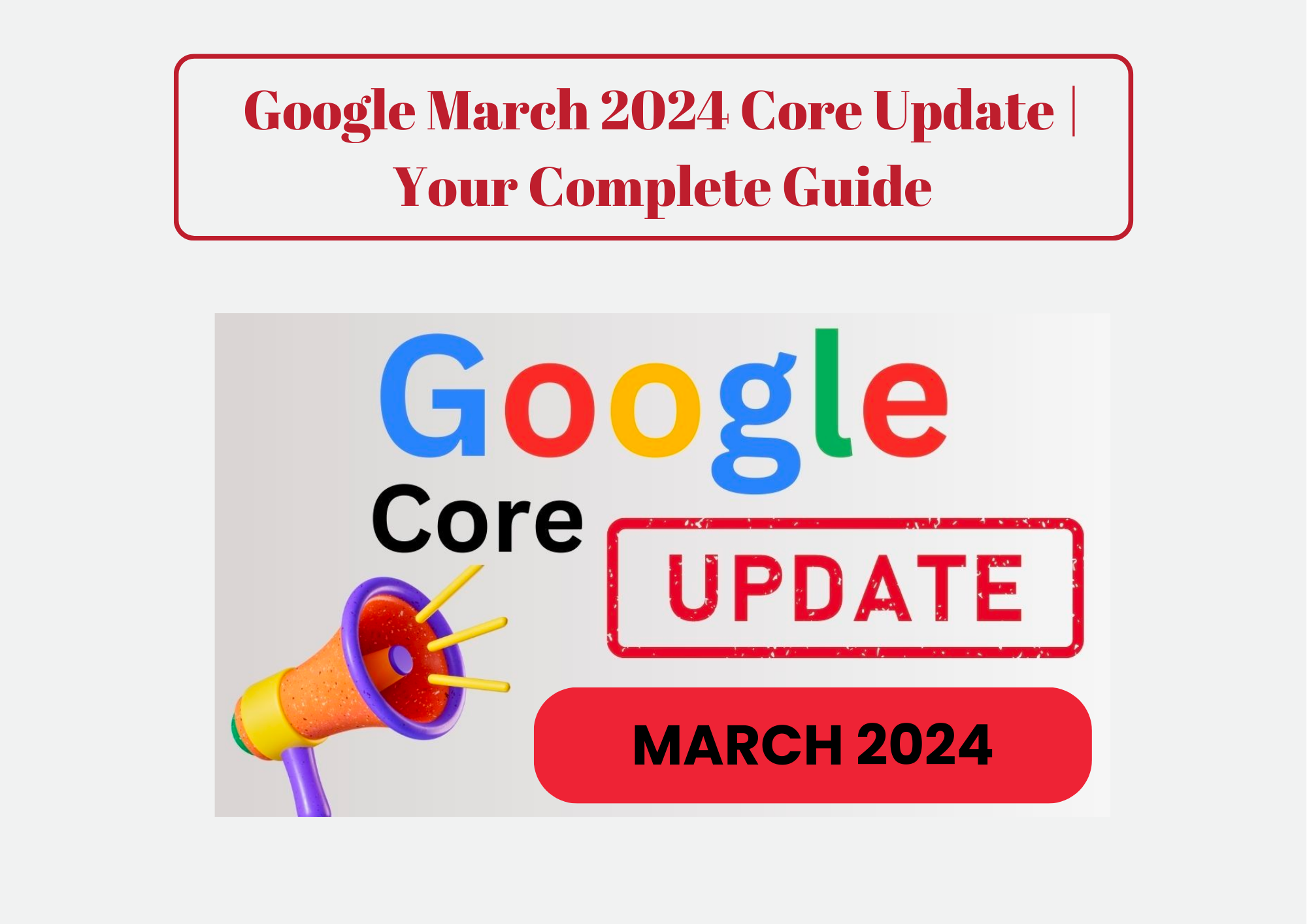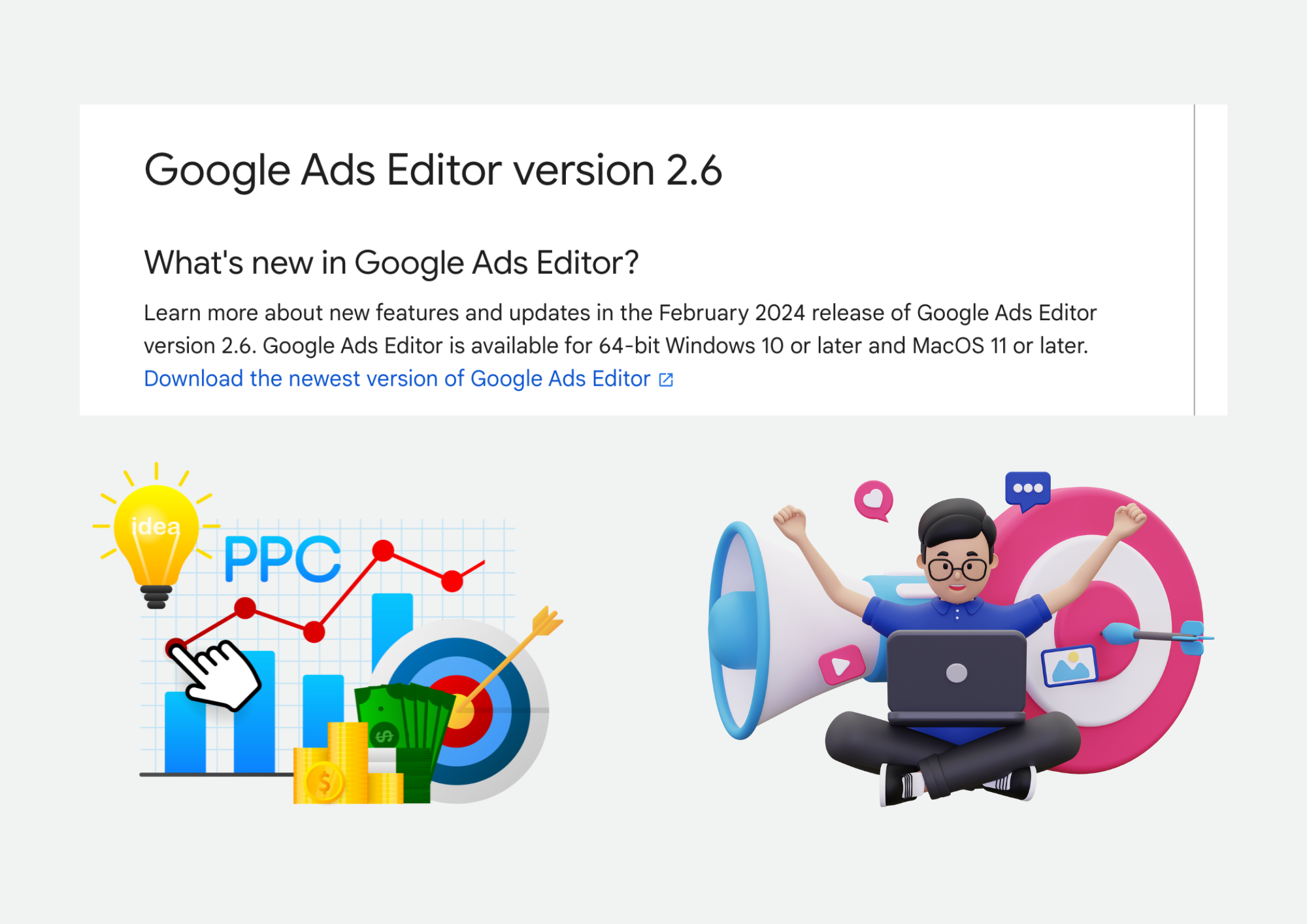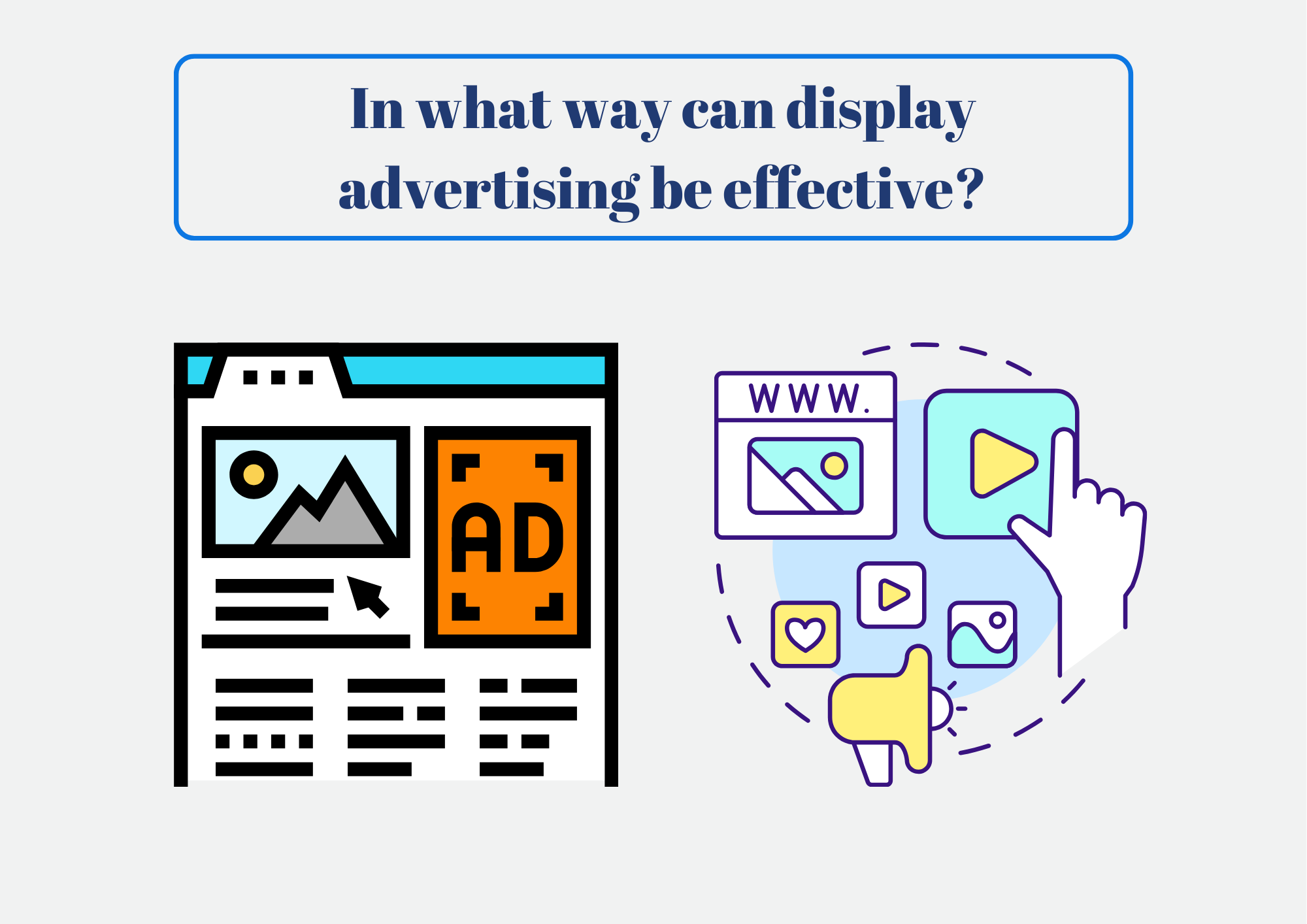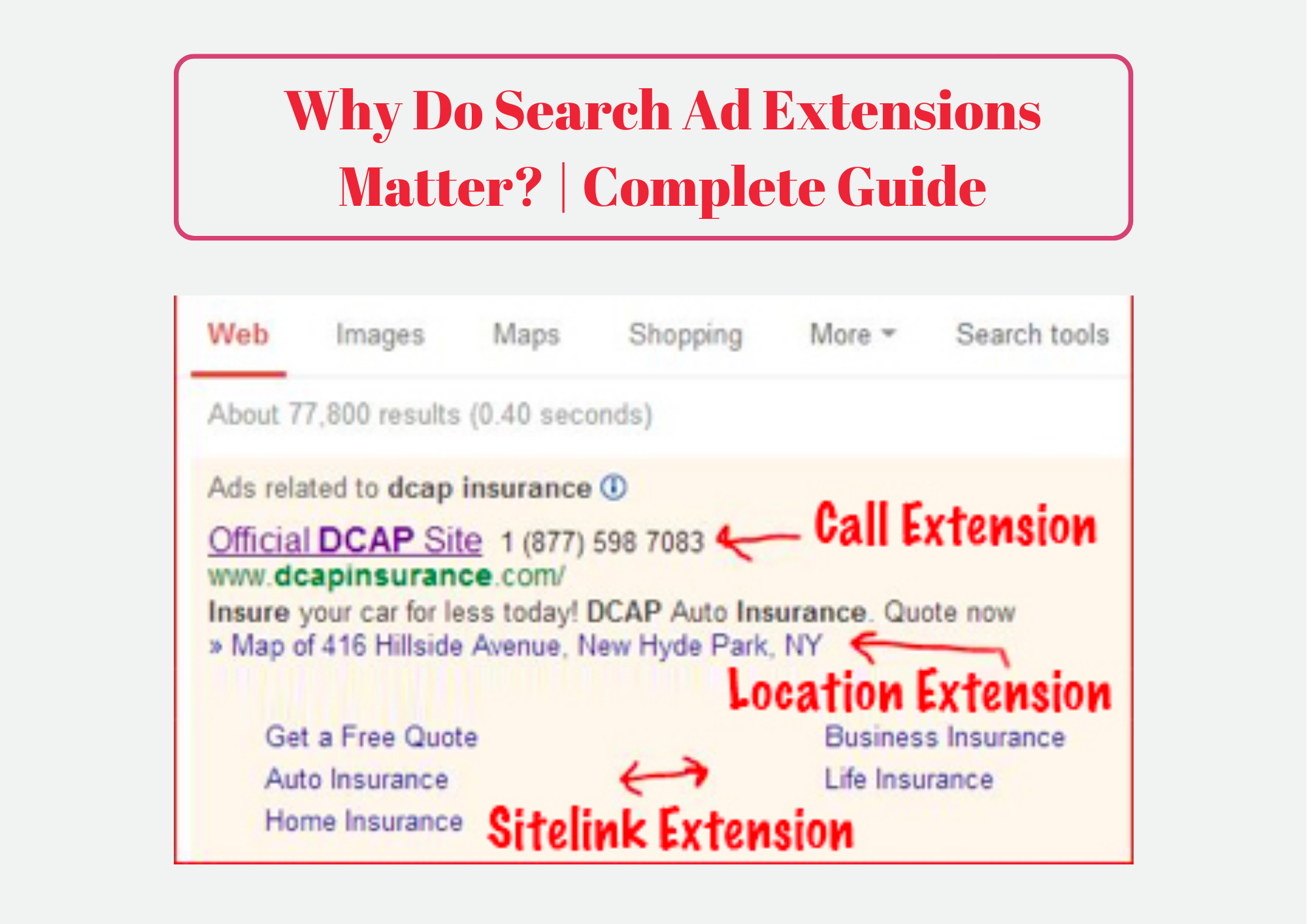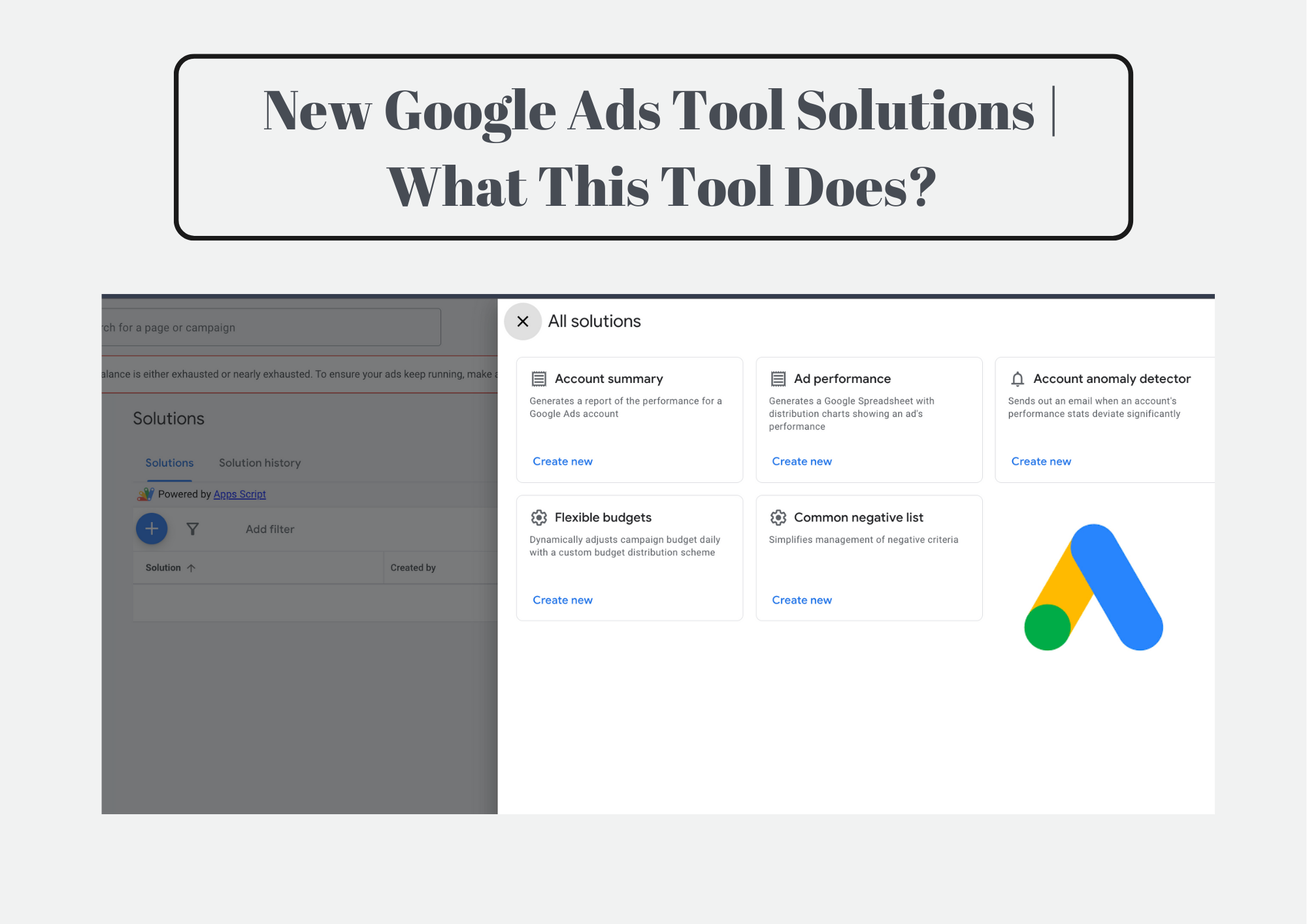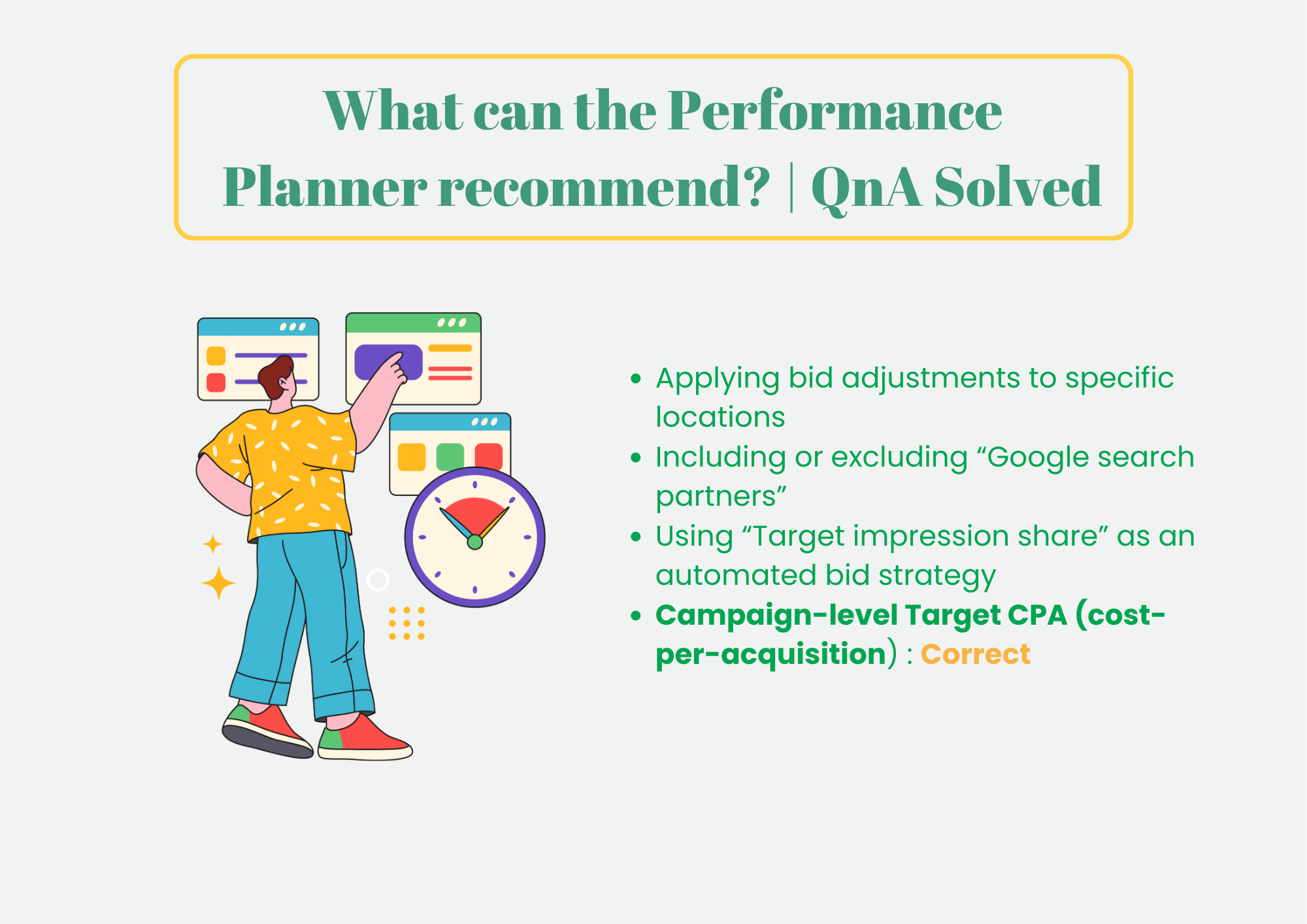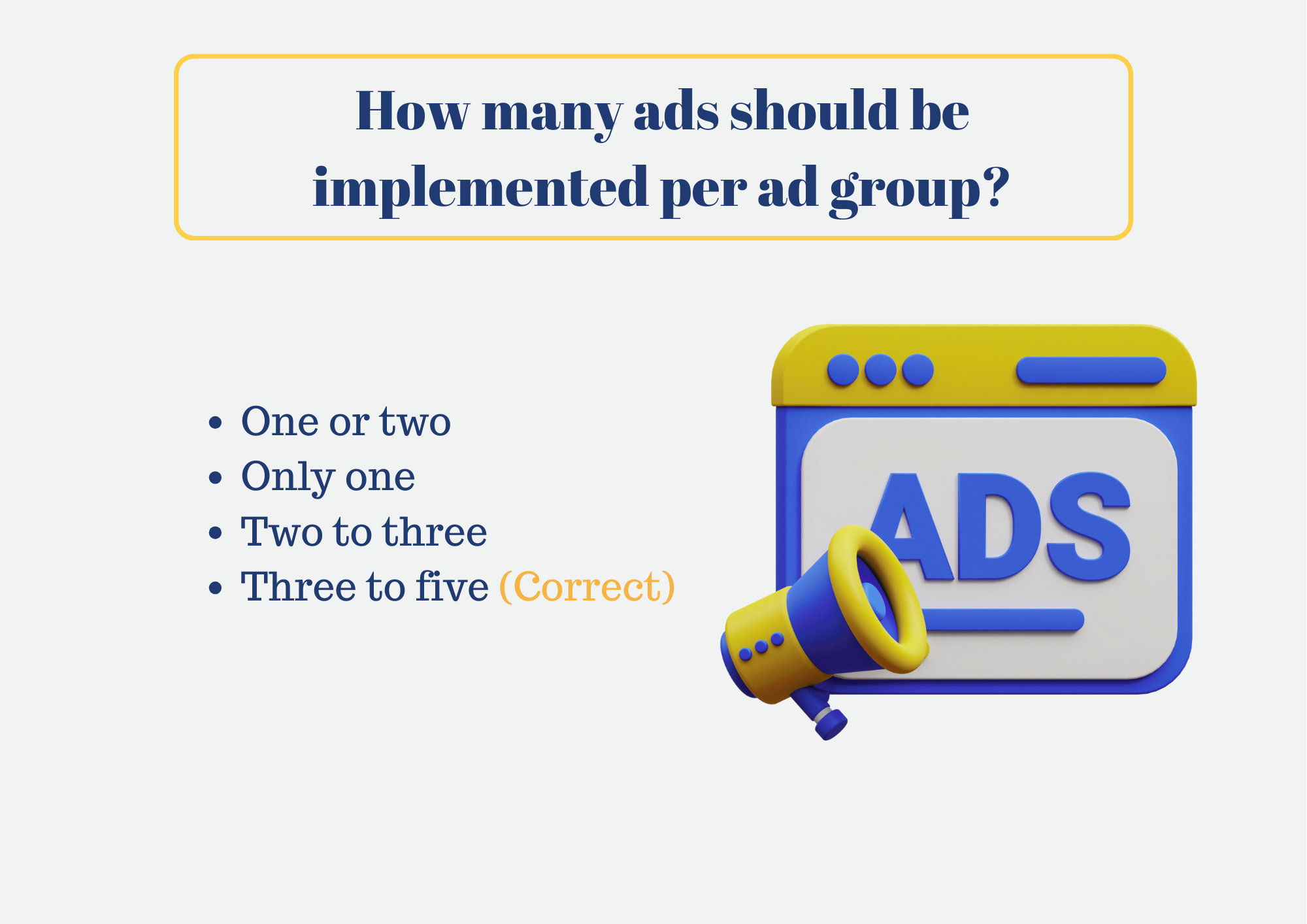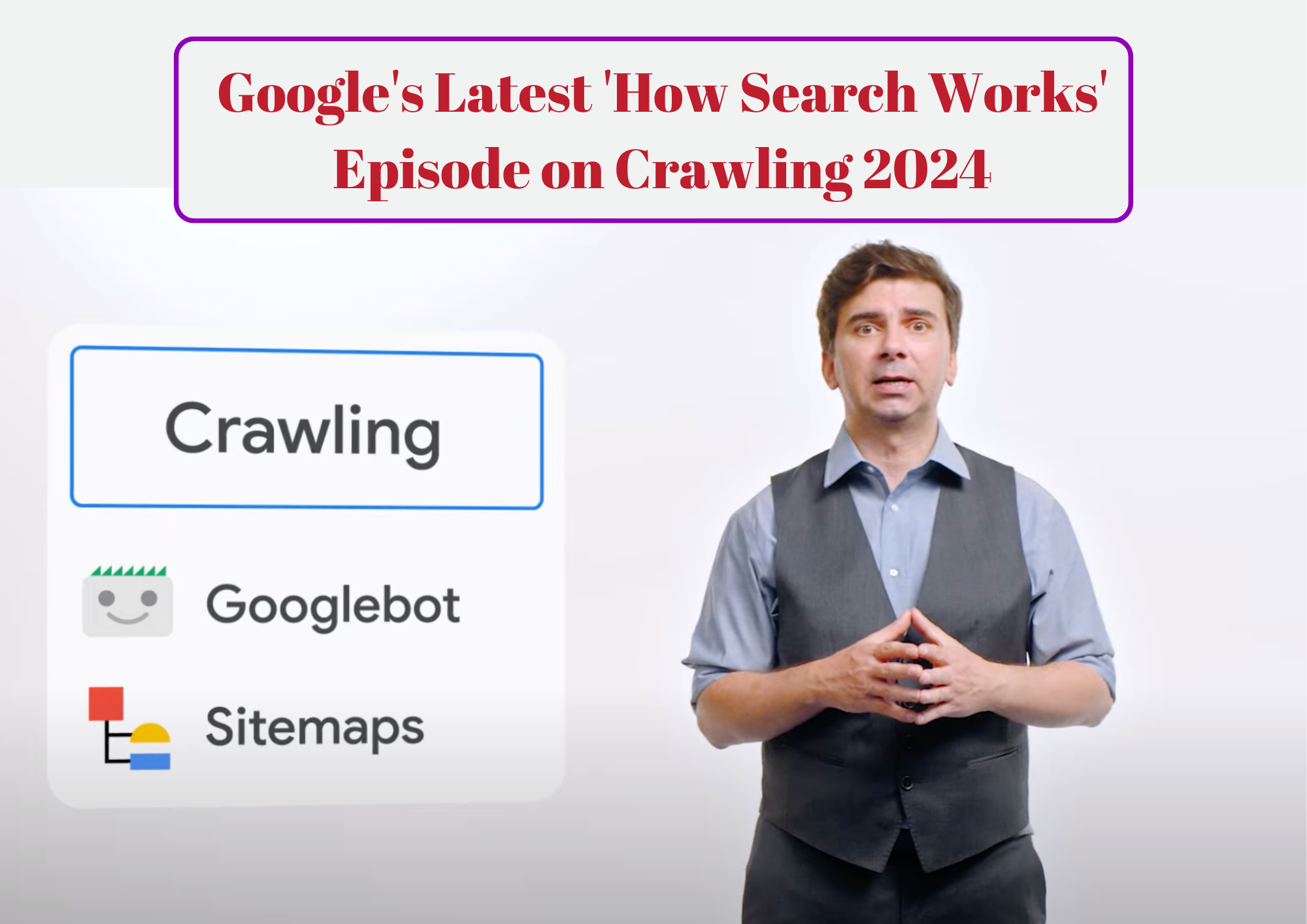
Search engine optimization (SEO) is a crucial aspect of ensuring your website ranks well in search engine results pages (SERPs). Crawling, the process by which search engines like Google discover and index web pages, plays a critical role in this equation.
Recently, Google released a new episode in its “How Search Works” series, specifically focusing on crawling. This article delves into the key takeaways from this episode, providing valuable insights for website owners seeking to improve their website’s crawlability and, ultimately, search engine visibility.
Studies suggest that a significant portion of websites experience crawling errors or limitations. This highlights the importance of understanding and optimizing your website for crawlability. By ensuring your website is easily accessible and navigable for search engine bots, you increase the chances of your content being discovered, indexed, and ultimately, displayed in relevant search results.
Understanding Crawling: The Web’s Discovery Process
Imagine a vast library with countless bookshelves. Crawling is analogous to librarians meticulously scanning every shelf, identifying and registering each book. In the digital realm, search engines like Google employ automated programs called “crawlers” or “bots” to perform this function. These crawlers constantly navigate the web, following links from known pages to discover new ones.
How Google Search crawls pages
VIDEO SUMMARY
In this video, the speaker demystifies the process of crawling as it pertains to Google Search, explaining how Google finds, fetches, and makes web pages searchable. The process, driven by automated programs known as crawlers, begins with URL Discovery, where Google identifies new or updated pages. The speaker, Gary, an engineer on the Google Search team, emphasizes the importance of sitemaps for website owners, as they significantly aid in the discovery process by search engines.
Crawling is executed by a crawler, a software that browses the internet, downloads web pages, and extracts links for further downloading. Google’s main crawler is Googlebot, which uses algorithms to decide which sites to crawl, the frequency of crawling, and the number of pages to fetch from each site. The crawling speed is adjusted to avoid overloading websites and is based on several factors including site responsiveness, content quality, and server errors.
Googlebot doesn’t crawl every discovered URL. Some pages might not meet Google’s quality threshold for indexing, others may be disallowed for crawling, and some are not accessible without logging into the site. After discovering URLs, Googlebot proceeds to download (fetch) and render the pages, turning them into a visual representation similar to what a browser does. This step is crucial for processing content loaded through JavaScript, which might otherwise be missed.
The video also highlights the role of sitemaps in helping Google and other search engines discover content. Sitemaps, while not mandatory, are highly recommended as they can include URLs and additional metadata about the pages on a site. The speaker suggests working with website providers or developers to ensure that sitemap files are generated automatically, as manually adding URLs to sitemaps is unnecessarily laborious and prone to errors.
Key Points from Google’s New Episode:
Here are some crucial takeaways from Google’s informative video:
- Strategic Crawling: Google prioritizes efficient crawling, strategically adjusting the frequency and speed of crawls based on various factors like website size, content updates, and server response times. This ensures optimal performance and avoids overwhelming websites with excessive requests.
- Importance of Freshness: Google values websites that regularly update their content. Freshness signals to search engines that your website is active and provides valuable information to users.
- Optimizing Crawlability: The episode emphasizes the importance of website structure and internal linking for facilitating effective crawling. A well-organized website with clear navigation and logical linking structures allows crawlers to efficiently discover and index all your pages.
- Utilizing Resources: Google Search Console offers valuable tools to help website owners monitor crawling activity and identify any issues that might hinder indexing. This platform empowers you to submit sitemaps, which provide a clear roadmap for crawlers to navigate your website, and troubleshoot any crawl errors.
Conclusion:
Crawling is the foundation for search engines to discover and understand your website’s content. By understanding the principles of crawling and implementing the insights from Google’s “How Search Works” episode, website owners can significantly improve their website’s crawlability and visibility in search engine results. Remember, Google Search Console serves as a valuable resource for monitoring crawling activity and addressing any potential issues. By leveraging these tools and best practices, you can ensure your website reaches its full potential in the ever-evolving digital landscape.
